When we talk about photovoltaic solar energy, everything seems grand. In Brazil alone, installed capacity increased by almost 70% from 2019 to 2020 – even in a pandemic context.
The total power of solar photovoltaic energy has reached 8 GW. And the outlook for the end of 2021 is for us to reach 12.56 GW, according to data from ABSOLAR (Brazilian Photovoltaic Solar Energy Association).
Without a doubt, these are numbers to celebrate. But the truth is that we are still at the beginning of a long-term path. The world population is increasing and the need for energy generation is also growing.
When we look in detail at some energy sources, we realize that fossil fuels, still very popular, are quite polluting; nuclear energy is cheaper, but presents considerable risks (who doesn't remember accidents like the one in Fukushima, Japan, in 2011?); and climate and environmental issues make it difficult to implement new hydroelectric plants.
Meanwhile, the potential of a clean and renewable source such as photovoltaic solar energy is still at the beginning of exploration and in Brazil is growing exponentially.
Studies by the research company BloombergNEF, a specialist in renewable energy, estimate that by 2050 photovoltaic solar energy generation worldwide will reach 38% of the total, compared to 9% recorded in 2019.
In Brazil, this proportion could be even higher, taking advantage of the country's favorable characteristics for solar energy, and reach 48% of the total. This expectation considers both the fact that equipment used for solar energy has been falling in price and its evolution, with increasing efficiency.
In the last decade, the reduction in the prices of photovoltaic solar panels has reached 90% and the efficiency of the modules has increased by 20%.
With wider adoption of photovoltaics, we can expect countries – and the energy companies that supply cities – to adapt to new models.
Today, a house that generates energy from solar panels can either store the surplus in batteries or inject this additional energy into the electricity grid in exchange for credits.
But in some places, such as California and Hawaii (USA), Australia and Germany, the electrical grid is not able to receive all this additional energy generated with solar panels – or the electricity companies are not interested in purchasing this additional energy. volume at a given time of day.
In cases like this, one of the solutions is to store it locally in batteries or use the surplus to charge cars and equipment, heat water and so on.
We are not at that point yet in Brazil. Here, the model works with credits paid by electricity companies.
But if in the past people thought that by using photovoltaic energy systems they could disconnect from the grid and no longer need electricity companies, over time what has proven to be the most realistic scenario is a partnership model, combining locally generated energy with that coming from the electricity grid.

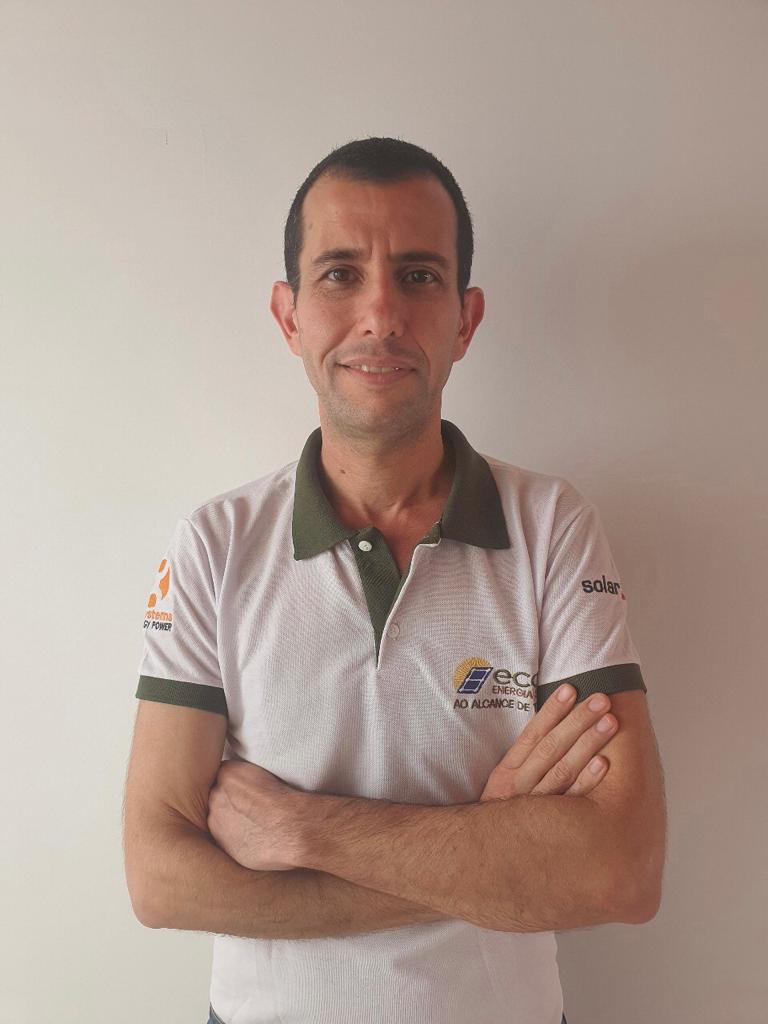
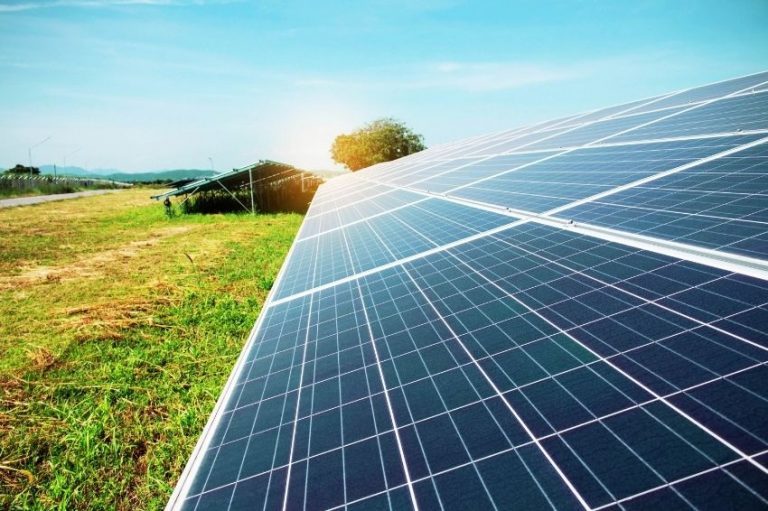

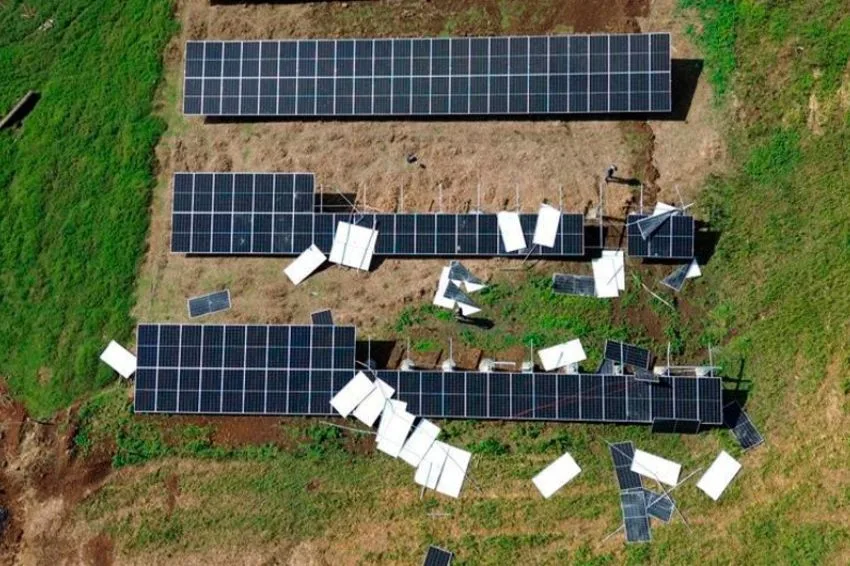



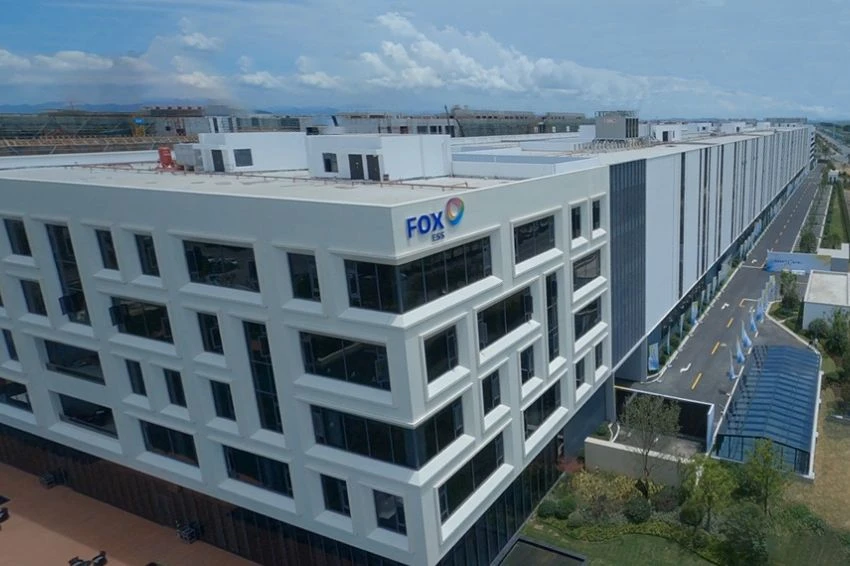
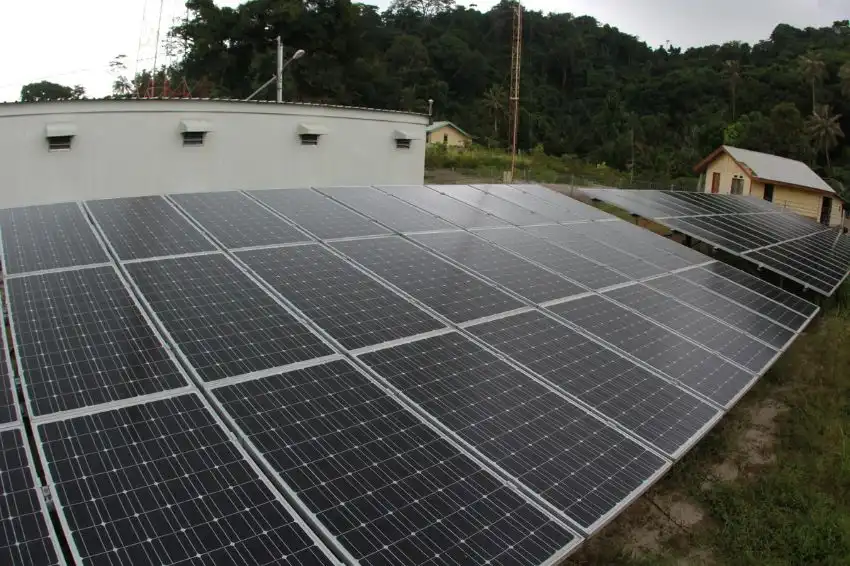







3 Responses
Excellent article Yoni Ziv. Bring more global news to us.
We hope that interest in sustainable development prevails in Brazil, and not that of economic groups.
Congratulations for the initiative